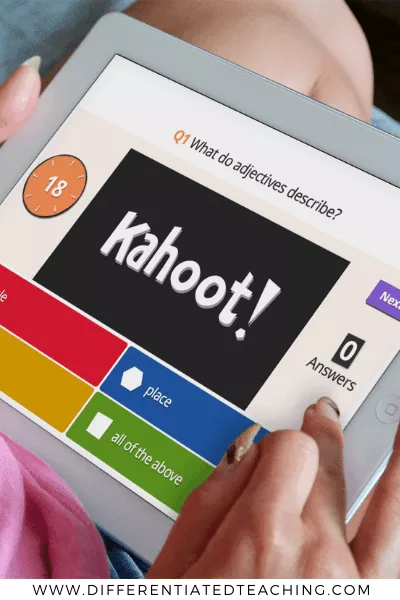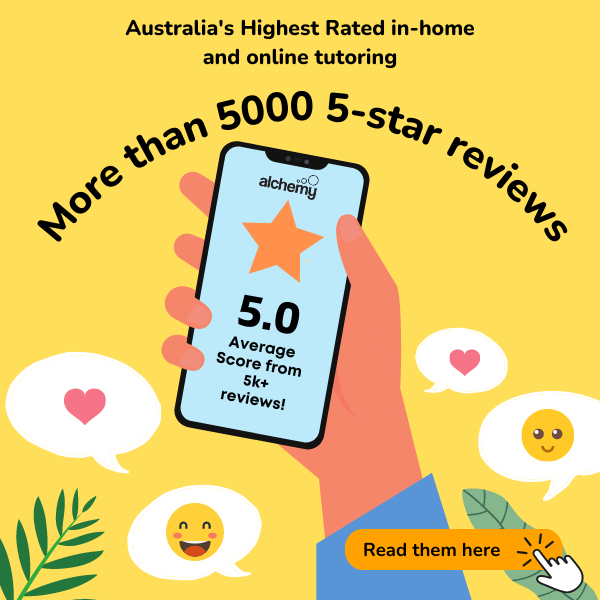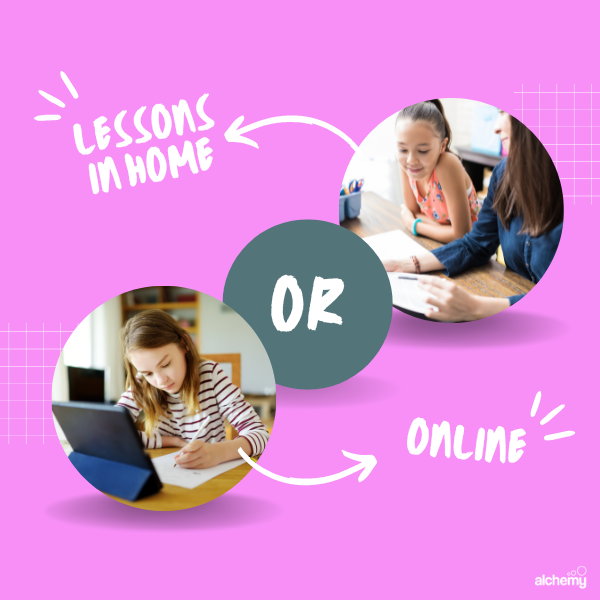Sometimes it’s not easy to keep a learner’s interest, and it’s even more frustrating trying to find an activity that can be both academically beneficial and entertaining. We have provided a list of activities below that you can do with your students that will help bring some energy back into the classroom!
1. Pictionary
Objective
Each team moves a piece on a game board formed by a sequence of squares. Each square has a letter or shape identifying the type of picture to be drawn on it. The objective is to be the first team to reach the last space on the board. To achieve this a player must guess the word or phrase being drawn by their partner, or if the player lands on an “all play” square, one player from each team attempts to illustrate the same concept simultaneously, with the two teams racing to guess first. The first player to land and guess correctly at the finish wins.
Gameplay
The team chooses one person to begin drawing; this position rotates with each word. The drawer chooses a card out of a deck of special Pictionary cards and tries to draw pictures that suggest the word printed on the card. The pictures cannot contain any numbers or letters, nor can the drawers use spoken clues about the subjects they are drawing. The teammates try to guess the word the drawing is intended to represent.
There are five types of squares on the board, and each Pictionary card has a list of five words printed on it. Players must then draw the word which corresponds to the square on the board on which the team’s marker is:

AP category (and a random selection of check-marked words in other categories) are designated as “All Play”. For “All Play,” the teams compete against each other. Each team designates a player whose purpose will be to draw pictures. The team that guesses the word first gets to advance and take the next turn. If none of the teams guess the word, the turn passes to whichever team should have been next. One may not point or gesture at an object.
2. Simon Says
Simon Says is a game designed for three or more players where one player acts as “Simon” and hands out instructions to the other players which they then have to follow. The trick is that the other players are only meant to do what “Simon” tells them to do if the instruction is started with “Simon says”.
Instructions
The players must obey all instructions that start with the words “Simon says”. The players must not however do what is asked of them if the instruction does not start with “Simon says”. If they do, then they are out.
3. Hangman

Hangman is a guessing game that is suitable for two or more players. The idea is that one player will come up with a word, phrase or sentence and the other players will try to guess the word by suggesting letters within a certain amount of tries.
4. The Break-Up Letter
A fun activity for most learners is to come up with the perfect break-up letter. Let learners come up with two fictional characters and a deal-breaking situation. Once they’re happy with that, let them figure out more about the couple’s relationship, personality traits, and relationship issues and then they can start writing their break-up letter.
5. Charades
Charades is a party word-guessing game that was originally a dramatic form of literary charades. One player thinks of a specific word and is then required to act out the word that they’ve chosen to help the other players guess and the first person to guess correctly gets a point.
6. Kahoot!
Although Kahoot! is a virtual learning game, it can still be a lot of fun for the learners and there are still ways in which you can adapt it and incorporate it into your classroom and lesson. Kahoot! is a free site where learners can play quiz games and compete against each other.
incorporate it into your classroom and lesson. Kahoot! is a free site where learners can play quiz games and compete against each other.
7. Balderdash
The direct translation for Balderdash is “nonsense”. This is an interactive game that requires very little preparation and doesn’t use a dedicated website. Players get an unfamiliar word that they then have to come up with a “nonsense” definition for and convince the rest of the players is true. Only one of the players has the actual definition for the word.
8. Countdown
Players can either play together in a team or individually. Each player takes turns picking either a vowel or consonant until everyone has a total of nine letters. They then have to use those letters to come up with the longest word that they can.
It can be an interesting challenge, so it’s best enjoyed with higher levels, but students often get into the spirit of the game, and the competition can get heated. Thus it is one of the ideal games for English classes for more reserved students.
This game lends itself particularly well as a starter activity for a class with maybe a few late students. Though you are not aiming to encourage this because students work on their own and there can be several short rounds people can join in as they arrive with minimum disturbance to the class. You can up the ante by stipulating the word to a specific part of speech, e.g., noun, adjective, etc.!
9. Liar, liar
Who does not enjoy making up all sorts of tales? It allows students to practice their speaking, grammar, and listening skills while having a laugh riot in the class and could be one of the best games for teaching English. So here is how it goes….. this is a fast-paced game of quick wit and ideal for a smaller class size otherwise, it would take up the entire class time!
So, the students form a team in pairs and are tasked with introducing the other team member. They should present the other person with their name, and try to talk about their likes and dislikes, hobbies, family information, etc. But the catch to this is that they can make up any story about their partner. It can be entirely made up or can have a mix-up of truth and false. The other student must pay close attention to the description (mind you this is meant to be their details), then listen carefully and say, “Liar!” whenever they find a lie. That student now will correct the other person.
10. Dictogloss
This activity focuses on the listening skills of your students and challenges them at the same time. This can be used as a classroom as well as an online game. It is better suited for advanced learners.
The idea is to test their listening and writing skills. So, you must choose a passage or a paragraph. Then, read it aloud at a slightly quicker pace than your class is used to. They all have to take notes while they are reading about what they hear. Read it twice, and then ask the students to recreate what they have been hearing.
The person who provides the closest answer is the winner. This English teaching game also tests the concentration, paraphrasing skills, writing, and grammar skills of the student. Hence, a comprehensive exercise.







